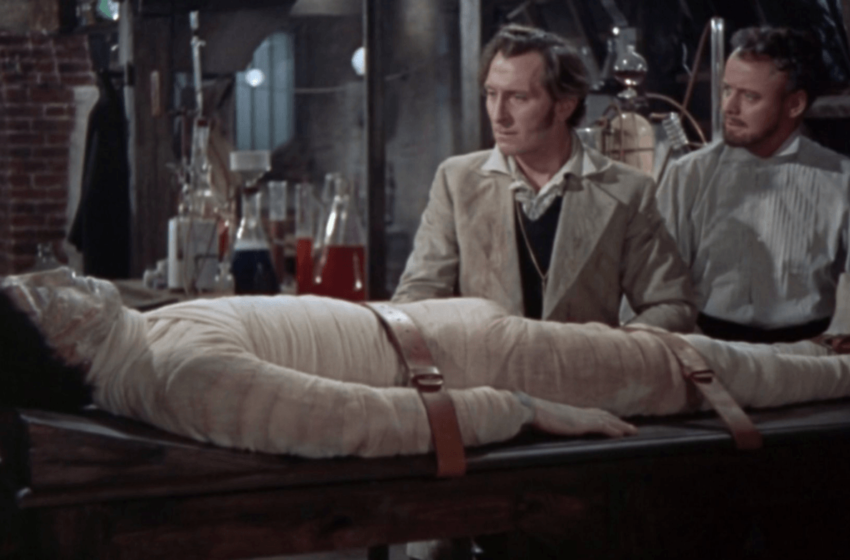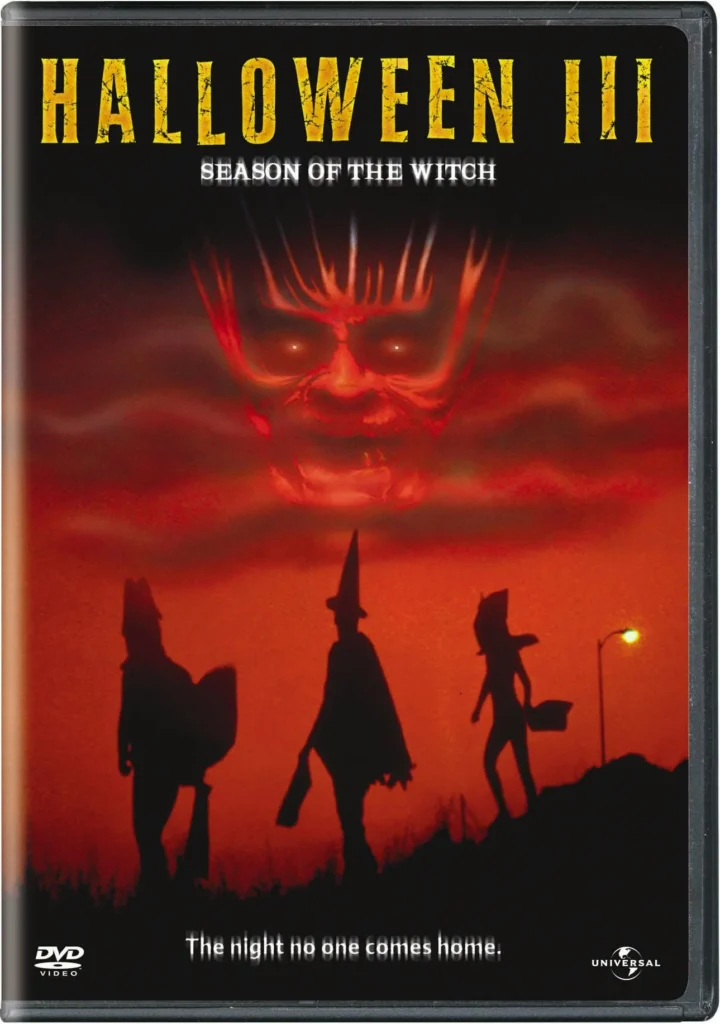
“The Curse of Frankenstein”: A Vivid Resurrection of a Classic Tale – Review

When Mary Shelley penned “Frankenstein; or, The Modern Prometheus” in 1818, she might not have foreseen the extent to which her creation would take root in the cultural zeitgeist. Numerous adaptations and interpretations have emerged over the years, but one film that stands as a watershed moment in cinematic history is Hammer Film Productions’ 1957 classic, “The Curse of Frankenstein.”
A Refreshed Narrative
The film doesn’t tread the usual path. Instead of slavishly adapting Shelley’s novel, it puts forth a fresh take, reimagining the events leading up to the creature’s creation and the horrific aftermath. Baron Victor Frankenstein, portrayed by the inimitable Peter Cushing, is no longer the tormented soul Shelley envisioned. He’s ambitious, obsessive, and has a slightly sinister edge, making him as captivating as the monster he creates.
Hammer’s Horrific Baptism
“The Curse of Frankenstein” is historically significant as it marked Hammer’s foray into the world of horror. Known prior for its crime dramas and film noirs, this was a bold venture. The success of this film not only cemented the studio’s reputation but also revitalized the Gothic horror genre, leading to a slew of horror movies in vivid color, a departure from the black-and-white staples of the past.
Technicolor Nightmares
Speaking of color, one of the film’s most striking aspects is its use of Technicolor. The bright red blood against the subdued backgrounds, the monster’s grotesque visage, and the vivid costumes all come to life in a palette that’s both garish and gorgeous. This choice was not without its challenges. Shooting in Technicolor was an expensive endeavor, and the crew had to ensure that the sets, costumes, and makeup would look just as striking in color as they would in monochrome.
The Creature’s Facade
The creature itself, played by Christopher Lee, is a departure from the iconic flat-headed look made famous by Boris Karloff in Universal’s “Frankenstein” series. Due to copyright concerns, Hammer had to devise an entirely new appearance for the monster. The result was a more gruesome, scarred, and patchwork appearance, symbolizing the unnatural and piecemeal way in which the creature was brought to life. Lee’s portrayal, though devoid of extensive dialogue, is poignant. His creature is simultaneously menacing and pitiable, evoking both fear and sympathy.
Behind the Curtain
On the production front, there were several challenges. The budget was tight, demanding creative solutions from the crew. Director Terence Fisher, along with production designer Bernard Robinson, worked wonders, turning the limited sets into a sprawling, Gothic landscape using inventive camera angles and lighting. Their collaboration would go on to define the “Hammer look,” characterized by its atmospheric sets, moody lighting, and vibrant color scheme.
Cushing and Lee’s on-screen chemistry is palpable. Off-screen, the duo shared a deep friendship, which perhaps added depth to their performances. Their partnership in this film marked the beginning of numerous collaborations, making them one of horror cinema’s most iconic duos.
Audience Reception & Legacy
Upon its release, “The Curse of Frankenstein” met with mixed reviews. While some criticized its graphic content, many praised its atmospheric tension, strong performances, and innovative approach. The box office numbers spoke for themselves, and the film’s success led to six sequels and myriad other Hammer horror films.
In retrospect, “The Curse of Frankenstein” is not just another horror film; it’s a testament to the power of reimagining classics. By daring to deviate from the source material and infusing fresh perspectives into a well-trodden tale, the movie exemplifies how classics can be both honored and innovatively reinterpreted.
In today’s era, where reboots and remakes are plentiful, “The Curse of Frankenstein” serves as a masterclass in how to breathe new life into age-old tales. It’s not just a film; it’s a vibrant tapestry of ambition, innovation, and timeless horror. Through its vivid colors, haunting performances, and a narrative that’s as chilling as it is captivating, the film stands as a beacon, illuminating the path for future adaptations. A true cinematic marvel, it reminds us of the endless possibilities that emerge when creativity meets classic literature.




